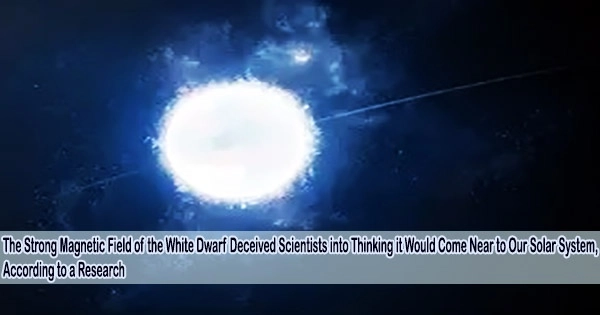A white dwarf that was recently predicted to approach our solar system will not, according to a group of astronomers from Armagh Observatory & Planetarium and Centro de Astrobiología (CAB), CSIC-INTA.
John Landstreet, Eva Villaver, and Stefano Bagnulo demonstrated in their study, which was accepted for publication in The Astrophysical Journal and is now accessible on the preprint server arXiv, how the white dwarf WD 0810-353’s potent magnetic field deceived other scientists into thinking it would move toward the Oort Cloud at the edge of our solar system.
WD 0810–353 was first spotted back in 2018. Astronomers at the time recognized it as a white dwarf. It was included on a list of astral prospects to watch in the long run earlier this year by two Russian astronomers because they might eventually stray close to the solar system.
They found it was traveling at approximately 373.7 km/sec, which would have it passing through the Oort Cloud in approximately 29,000 years, and putting it within 0.49 light-years of the sun.
Shortly after, a team in Spain discovered fresh proof that the dwarf was not, in fact, traveling in our direction. This change in projection was due to a recalculation of its speed they found it was traveling at 4,200 km/sec.
In their most recent work, the scientists examined the white dwarf’s speed and potential future course even more closely. They started by looking into the magnetic field of the white dwarf.
The research team observed a shift in the hydrogen alpha line toward the bluer portion of the spectrum, which they attribute to the dwarf’s very powerful magnetic field. That can give the impression that it is approaching us directly.
By taking a more precise measurement of its speed, they found it was just 83 km/sec. They come to the conclusion that the white dwarf is not traveling in a way that would put it in our solar system’s vicinity.





